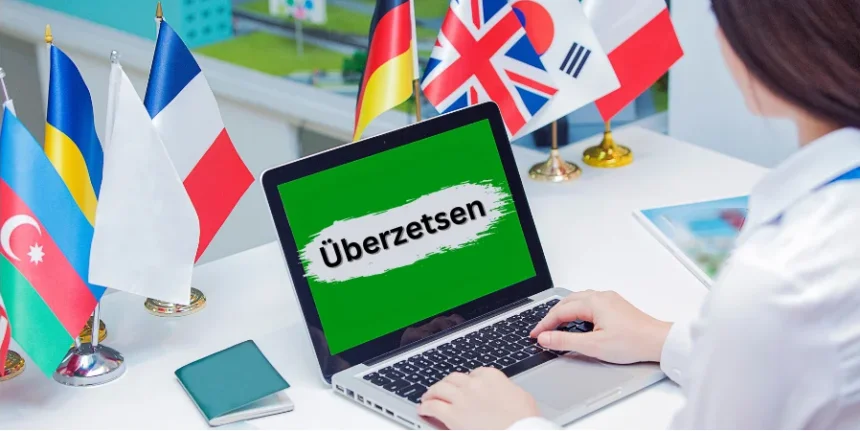Translation is more than just converting words from one language to another; it is an intricate dance between languages, cultures, and contexts. At the forefront of this art stands Überzetsen, a term that encapsulates the essence of mastering translation beyond mere linguistic fluency.
The Essence of Überzetsen
Überzetsen goes beyond the literal translation of words. It delves into understanding the nuances, idioms, and cultural implications embedded within languages. It requires not only linguistic proficiency but also a deep-seated knowledge of the cultures from which and into which one is translating.
In essence, Überzetsen demands the translator to act as a cultural mediator, ensuring that the essence and intent of the original text are not lost in translation. It involves a profound sensitivity to context, history, and the subtleties that shape each language.
The Artistry of Translation
Translators practicing Überzetsen are akin to artists, painting with words across linguistic canvases. They navigate the complexities of syntax, semantics, and pragmatics while maintaining fidelity to the original text’s voice and style. This artistry requires creativity and adaptability, often involving the choice between literal accuracy and conveying the intended message in a culturally appropriate manner.
Challenges and Considerations
Mastering Überzetsen is not without its challenges. Translators must navigate linguistic ambiguities, idiomatic expressions, and the ever-evolving nature of language itself. They must possess a keen awareness of the target audience, considering regional variations and sociocultural contexts that may impact interpretation.
Moreover, the ethical dimensions of translation come into play. Überzetsen demands integrity and respect for the original author’s intent while ensuring accessibility and relevance for the target audience.
Tools and Techniques
Technology has transformed the landscape of translation, providing tools that aid Übersetzen without overshadowing the human touch. Machine translation and AI-assisted tools offer efficiency and speed, yet human translators remain indispensable for capturing the nuances and cultural intricacies that machines may overlook.
Translators embracing Überzetsen leverage these tools judiciously, harnessing their capabilities while upholding the standards of linguistic and cultural fidelity.
The Future of Überzetsen
As global interactions increase, the demand for skilled translators adept in Überzetsen continues to grow. Beyond literature and communication, Überzetsen extends its influence to diplomacy, business, and international relations, where precise translation can bridge gaps and foster understanding.
The future challenges translators to innovate and adapt, exploring new methodologies and technologies while preserving the timeless artistry of Überzetsen.
Conclusion
Überzetsen embodies the soul of translation, elevating it from a mechanical process to an art form that connects people and ideas across borders. It requires not only linguistic prowess but also empathy, cultural insight, and a commitment to preserving the integrity of each unique voice.
As we navigate an increasingly interconnected world, Übersetzen stands as a testament to the power of language to transcend boundaries and unite humanity in shared understanding. Embracing Überzetsen is not just about mastering translation; it is about embracing the beauty of linguistic diversity and the richness of global dialogue.
In the pursuit of Übersetzen, translators embark on a journey that celebrates the myriad ways in which languages shape our world, making it richer, more nuanced, and infinitely more interconnected.

